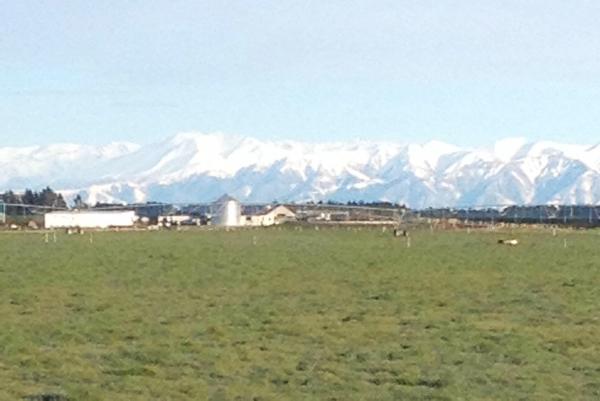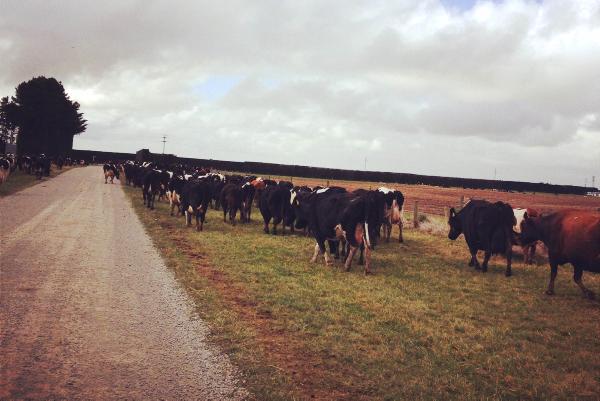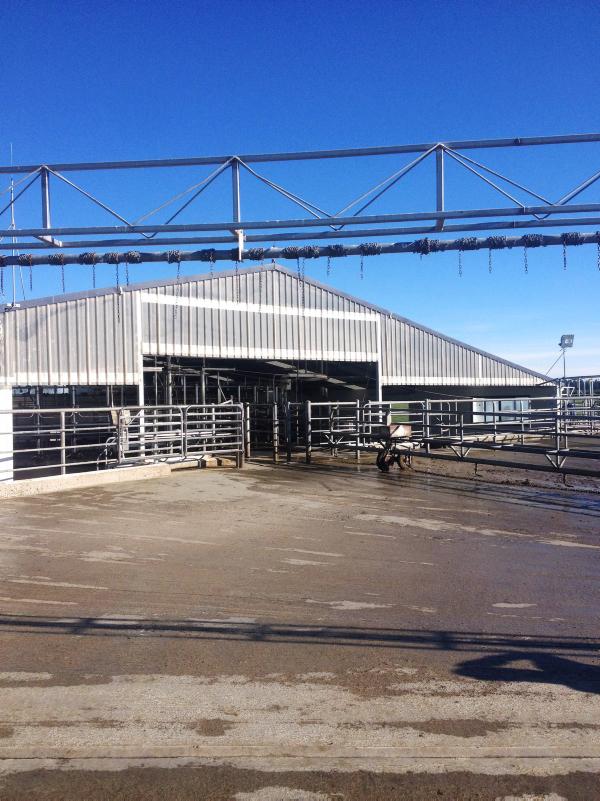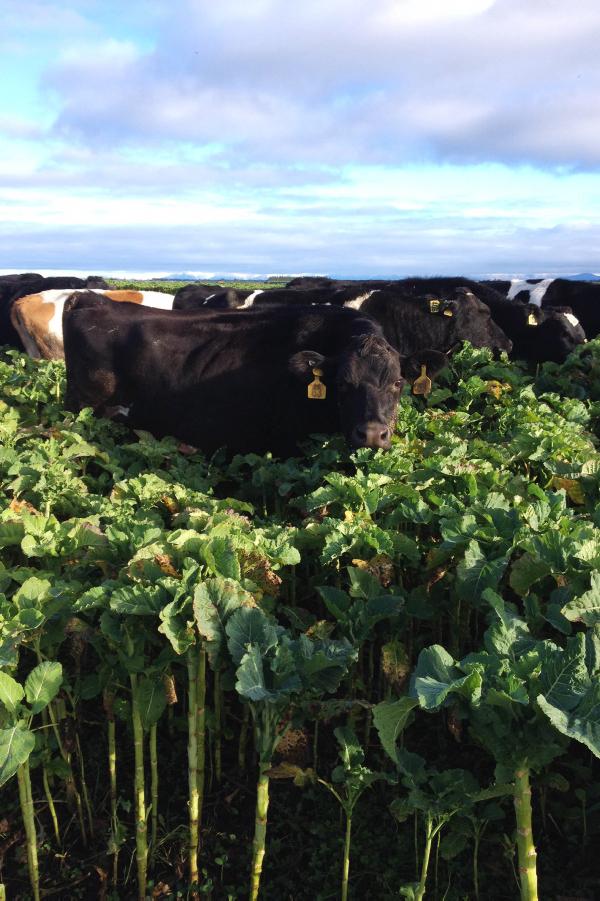It has been over a month since I arrived on Fairfax Stonehouse Farm and what an eye-opener it has been.
Calving had just got underway with the heifers due to begin on July 22 and the cows following a week later. We now have over 800 cows milking and 78% of the 1,150 cow herd will have calved after six weeks. We have been blessed with a dry, mild winter so far which made winter grazing and outdoor calving a dream so far.
The dry cows were out-wintered off-farm on beet or kale. Some farmers grow these crops and then rent their land to dairy farmers for the winter period. The out-wintering block where our cows were, was only 12 kilometres away and so the cows were expected to walk home as they neared calving, which really was a sight to behold.
AI
The 308 heifers had just returned to the farm for the first time since weaning. The heifers were synchronised to a fixed-time AI programme with approximately 150 of these in-calf to Kiwi-cross AI bulls and the remainder in-calf to Jersey stock bulls.
Only AI heifer calves are kept, with the remainder leaving the farm on the “bobby truck” at five-days-old.
Expansion is in full swing on this side of the equator also with numerous farmers in the Canterbury region increasing their herd size over the coming years. Chris Hanrahan farms 275ha of flat grassland with the 1,150 cow herd being milked in a 60 bale rotary parlour. He is also in partnership with the 900 cow farm on the opposite side of the road and they have recently purchased 157 hectares of dryland adjoining this farm which they had been leasing as an out-wintering block for a number of years.
Because there is no irrigation on this farm, it has been used solely for growing kale and inferior quality grasses up to this point. Chris intends to install irrigators and a 60 bale rotary over the coming year and begin milking 450 cows in a self-contained system on this farm in July 2015, with the potential to milk up to 600 cows if out-wintering blocks were available for lease. The cows averaged 490kg MS last year at a stocking rate of approximately 4 cows/ha.
Farm buildings
The only sheds on the farm are the parlour, 18 wood chipped calf pens and the tool shed. All calving has taken place outdoors, with the calves collected every morning and again in the evening if harsh conditions are expected overnight.
Mortality rates at birth are quite high in contrast with Irish farms but are quite low after this period. Each calf is stomach-tubed by the calf rearers.
Induced
Bull calves from treated animals and induction calves are disposed of with a gun as this is one of the only legal methods of doing so. There were 38 cows induced on the farm as legislation dictates that a maximum limit of 4% of the herd may be induced with the practice being banned in 2015.
The local vet decides which cows are suitable for inductions and on what date the procedure may be carried out. The cows got their first shot on July 30 and the second or “drop” shot on August 14 - 29 of these have now calved. This gives the cows approximately ten weeks to recover before mating occurs.
It has been an intense and enjoyable month on the farm so far but as the pressure of calving eases and Spring arrives I am looking forward to seeing what else this beautiful country has to offer, including a trip to Wellington to see the All Blacks take on South Africa.
*Aisling Claffey is a Dairy Business student at University College Dublin. Her study trip to New Zealand was supported by a grant from the Agricultural Trust, publishers of the Irish Farmers Journal.






 This is a subscriber-only article
This is a subscriber-only article















SHARING OPTIONS: